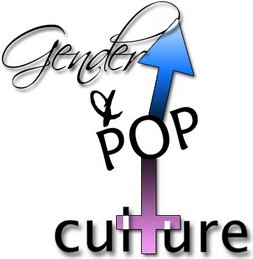My topic is gender representation in classical Disney movies. I chose Disney movies as a way to analyze gender and popular culture because they are very popular and almost everyone has seen at least one Disney movie and most Disney movies have two main characters, a male and female. These characters portray roles of the different genders in society through popular culture.
In the Disney movie Beauty and the Beast, there are two main characters, Belle, and Prince Adam, who was turned into the beast. The Beast disseminates both hegemonic and counter-hegemonic messages. In the beginning he is a very coldhearted man. When the old lady knocks on his door in the middle of the night and seeks shelter from the rain in his castle, Prince Adam refuses her request and sends her back out in the rain, which is why he gets turned into the Beast. This shows the male normative as being without emotions or compassion. Phil Petrie says, “One of the roles men play is that of the rational being devoid of strong emotions.”[1] The Beast has no emotions which is why he did not feel badly about turning the old lady away.
Throughout the movie the Beast must change to in order to lift the spell off of the castle. He must make someone love him. In the movie, he tries to make Belle fall in love with him. He changes over the course of the movie into a more compassionate man with strong feelings for Belle. In the end, he makes her fall in love with him and the spell is lifted off the castle. This shows the opposite of the normative view of men in society. Men are not supposed to display their emotions; they are supposed to be strong and emotionless. The Beast must show emotions to have the spell lifted.
The Disney movie, Beauty and the Beast, is a part of popular culture because it is a very popular movie. It displays hegemonic and counter-hegemonic messages about men. It shows men with and without emotions. It is helpful in understanding popular culture.
[1] Phil W. Petrie, “Real Men Don’t Cry…And Other “Uncool” Myths,” Essence, (November 1982) 222.
Tuesday, March 27, 2007
Subscribe to:
Comments (Atom)

